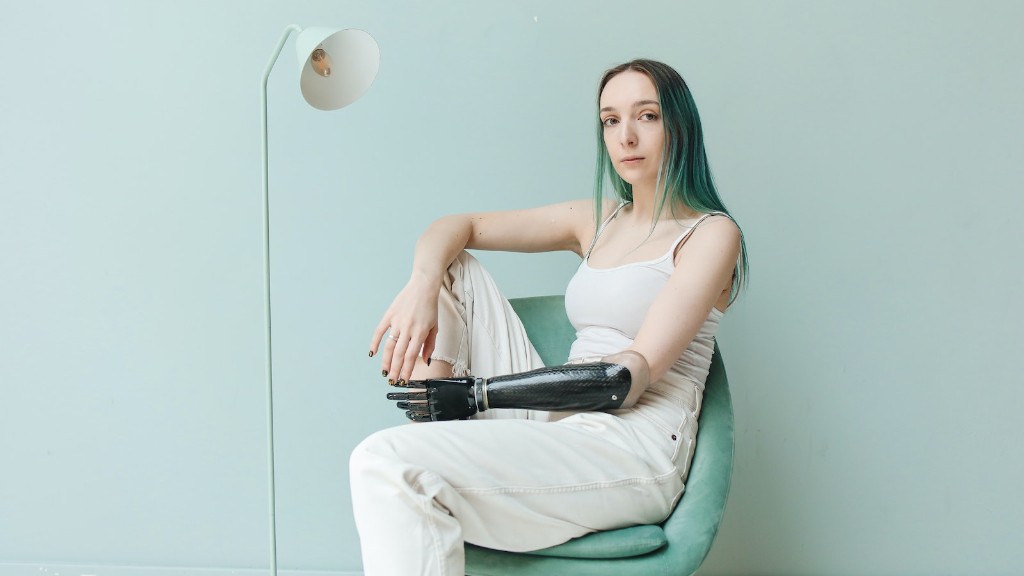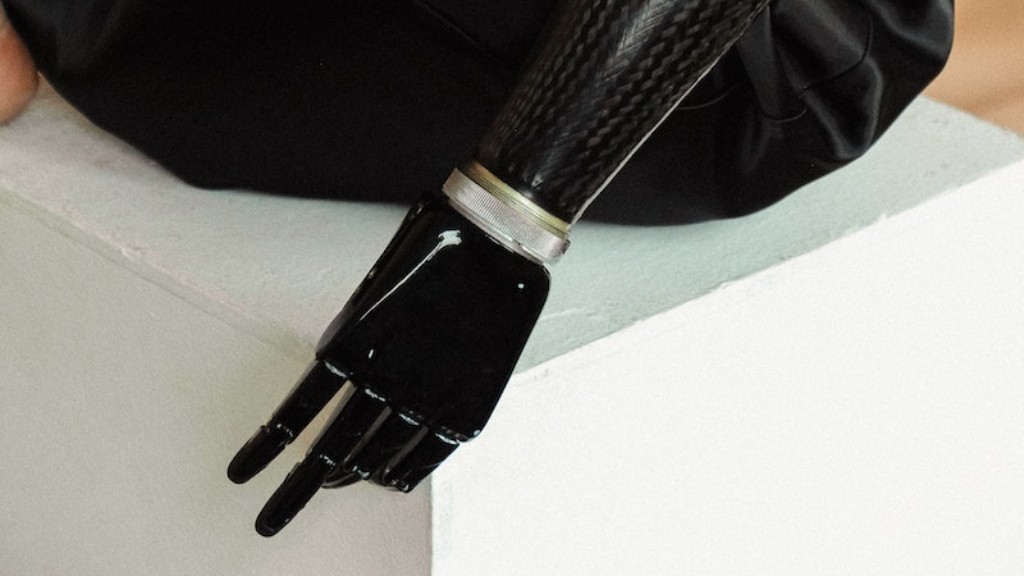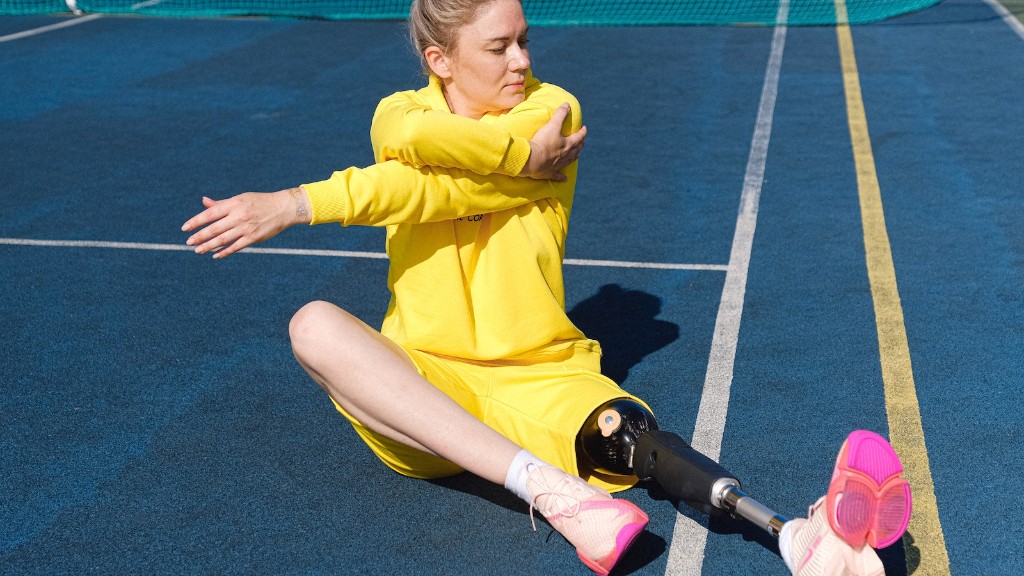How to Make Carbon Fiber Prosthetics
Carbon fiber, a lightweight and high-strength material, has revolutionized the field of prosthetics. Traditionally, prosthetics were made from heavy and bulky materials, which limited mobility and comfort for users. However, carbon fiber prosthetics offer a promising solution, providing individuals with improved functionality and durability. In this article, we will explore the process of manufacturing carbon fiber prosthetics, examining both the positive advancements and potential challenges that come with this innovative technology.
1. Material Selection and Preparation
The first step in crafting carbon fiber prosthetics is the selection of suitable materials. Carbon fiber sheets are composed of thin strands of carbon woven together, resulting in a strong and flexible material. These sheets are often combined with other materials, such as epoxy resin, to enhance strength and provide a smooth surface finish. Additionally, the resin can be colored to match the user’s skin tone, improving the aesthetic appeal of the prosthetic.
After selecting the materials, the carbon fiber sheets are cut into the desired shape using computer-aided design (CAD) software. This process ensures precision and accuracy, allowing for a customized fit for each individual.
2. Molding and Lamination
Once the carbon fiber sheets have been cut, they are placed onto a mold, which is designed to replicate the shape and contours of the user’s affected limb. The mold is typically made from a high-density foam or a 3D-printed model, ensuring an exact representation of the desired prosthetic. The carbon fiber sheets are then layered onto the mold, with epoxy resin applied in between each layer.
This lamination process creates a strong bond between the layers of carbon fiber, resulting in a rigid and solid structure. The layers are pressed together using a vacuum bagging system or a hydraulic press, ensuring proper consolidation and eliminating any air bubbles. This step is crucial to maintain the strength and integrity of the prosthetic.
3. Curing and Finishing
After the lamination process, the carbon fiber prosthetic is placed in an oven for curing. Curing refers to the process of applying heat to the epoxy resin, causing it to harden and become rigid. The temperature and curing time depend on the specific resin used, and careful monitoring is necessary to avoid distortion or damage to the prosthetic.
Once the carbon fiber has cured, the finishing touches are applied. This includes sanding the surface to achieve a smooth texture and polishing the edges for a sleek appearance. Additionally, any necessary adjustments or modifications can be made at this stage to ensure a proper fit and functionality.
4. Advantages and Challenges of Carbon Fiber Prosthetics
Carbon fiber prosthetics offer numerous advantages over traditional materials, providing users with an enhanced quality of life. The lightweight nature of carbon fiber significantly reduces the strain on the user’s residual limb, allowing for increased comfort and improved mobility. The high strength-to-weight ratio of carbon fiber also provides superior durability, ensuring the prosthetic can withstand daily wear and tear.
Furthermore, carbon fiber prosthetics can be tailored to the specific needs and preferences of each individual. The customization options range from color choices to the incorporation of advanced technologies, such as sensors and artificial intelligence, to enhance functionality.
Despite these promising advancements, the production of carbon fiber prosthetics is not without its challenges. The initial cost of materials and equipment can be high, making carbon fiber prosthetics more expensive than traditional alternatives. Additionally, the manufacturing process requires skilled technicians and specialized facilities, limiting accessibility to certain regions or communities.
Moreover, carbon fiber prosthetics may not be suitable for everyone. The flexibility of carbon fiber may not be ideal for individuals with highly active lifestyles or those who require maximum stability. Furthermore, carbon fiber prosthetics may not be appropriate for individuals with certain skin sensitivities or allergies to the materials used in the manufacturing process.
5. Future Perspectives and Conclusion
Carbon fiber prosthetics have already made significant strides in improving the lives of individuals with limb loss. However, continued research and development are necessary to address the challenges associated with this technology and expand its accessibility to a wider population.
Efforts should be focused on reducing the manufacturing costs and optimizing the production process to enable greater affordability and availability. Collaboration between experts in materials science, engineering, and healthcare is crucial to drive innovations and develop new techniques that maximize the benefits of carbon fiber prosthetics.
In conclusion, carbon fiber prosthetics offer a promising solution for individuals with limb loss, providing improved functionality and durability. While there are challenges to overcome, the positive impact of this technology cannot be denied. By investing in research, development, and implementation, we can ensure that carbon fiber prosthetics become widely accessible, enhancing the quality of life for countless individuals around the world.



